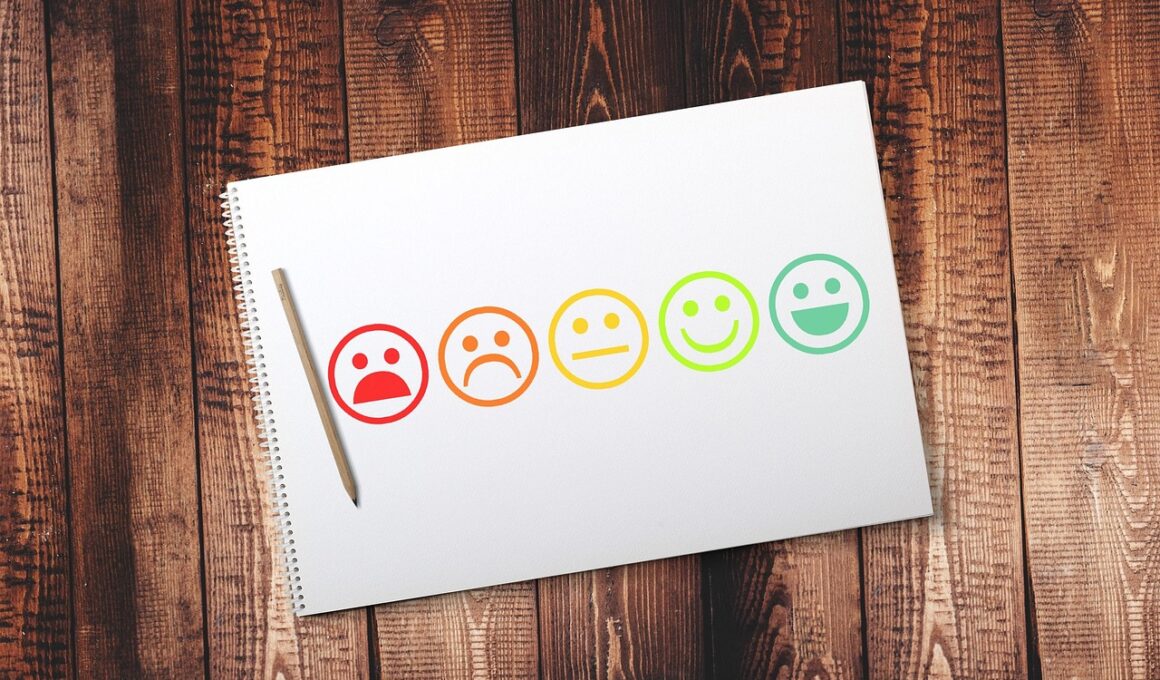Using Polls and Quizzes to Collect Valuable Customer Insights
Surveys and quizzes are increasingly pivotal tools used by businesses to garner essential customer insights. These methods engage users and can yield valuable data that impacts decision-making. By implementing interactive features like polls on websites or apps, companies can tap into customer preferences and enhance their offerings. For example, quizzes can reveal customer interests, habits, and satisfaction levels with existing products or services. Incorporating fun elements into feedback mechanisms maintains user engagement and can encourage higher participation rates. This approach not only garners data but also promotes a sense of involvement in the brand. These interactive components can be seamlessly integrated into social media platforms, thereby reaching a broader audience. By offering incentives, such as discounts or entries into contests, businesses can further entice customers to engage and share their thoughts. Not only do these strategies foster community and connection, but they also present opportunities for brands to create tailored marketing campaigns based on genuine customer feedback. Moreover, active engagement through polls and quizzes can foster customer loyalty, leading to long-term relationships and higher retention rates.
The effectiveness of polls and quizzes goes beyond just collecting data. They serve as a gateway to visualize customer sentiments and trends. When structured thoughtfully, these tools can guide marketing strategies and product development. For instance, a company might utilize consumers’ responses to understand the reception of a new product launch. Actions can include modifying features based on user feedback or adjusting pricing strategies. Polls can also facilitate immediate feedback on specific aspects of a service. This instant feedback can help organizations adapt quickly to market demands, maintaining their competitive edge. When polls and quizzes are used consistently, they can provide longitudinal studies revealing shifts in customer attitudes over time. By leveraging tools like Google Forms or specialized software designed for surveys, businesses can efficiently analyze this data. They can then devise actionable insights that help refine customer experience initiatives. Overall, fostering a culture of open communication opens the door to enhanced customer satisfaction and cultivates positive brand experiences. Finally, by valuing customer opinions, businesses can build trust and credibility within their target audience.
Benefits of Interactive Feedback
Utilizing polls and quizzes not only enhances engagement but also aids in creating a richer understanding of customer needs. Through these techniques, businesses can segment their audience based on responses, enabling targeted marketing strategies. For example, if a poll reveals that a significant portion of customers desires a product modification, businesses can prioritize that feedback in future updates. Moreover, interactive content tends to yield higher completion rates compared to traditional surveys. This increased engagement can lead to better quality responses, giving brands a clearer picture of user preferences. The technology available today allows for fast data collection and analysis, leading to quicker implementation of changes. Polls can be designed to be quick and appealing, ensuring a better user experience and increasing the likelihood of participation. Additionally, these tools can help identify brand advocates, as satisfied customers are more likely to participate and share their thoughts. This information can guide marketing campaigns by showcasing genuine testimonials and customer success stories. Overall, understanding customer feedback through interactive means is invaluable in shaping a successful business model.
In the digital landscape, seamlessly integrating polls and quizzes into existing platforms is essential for maximizing their effectiveness. These tools can be embedded on websites, featured within newsletters, or shared across social media channels. When users encounter polls in places they frequently visit, they are more likely to interact. For instance, creating quizzes that lead customers to specific products can enhance the experience, as customers receive tailored recommendations based on their interests. Social media platforms like Instagram and Facebook offer built-in polling features that can engage users instantly. Businesses should leverage these features to prompt dialogue and encourage user-generated content. Moreover, customization of quizzes can enhance brand identity and recognition. Tailored questions can align with a brand’s messaging, further solidifying its position in consumers’ minds. Another innovative approach is to utilize feedback collected from these tools to create dynamic content for future engagement efforts. This continuous loop of feedback ensures that businesses stay relevant and responsive. Ultimately, adapting these techniques to meet evolving customer preferences is vital for maintaining relationships in a hyper-competitive market.
Implementing Value through Incentives
Offering incentives in exchange for participation can significantly enhance the effectiveness of polls and quizzes. By providing rewards, businesses encourage users to take time out of their busy lives to offer feedback. Discounts, gifts, or even entries into prize draws can substantially increase participation rates. Moreover, customers appreciate when their insights are recognized as valuable, leading to an appreciation of the brand. It’s essential to communicate the incentive clearly to potential participants to gauge their interest effectively. Providing instant gratification, like immediate discount codes, can further incentivize participation. Businesses can also showcase how they intend to utilize the feedback collected, thus fostering trust and transparency. Testing various types of incentives can help identify which resonate most with customers. For instance, some might prefer monetary benefits, while others might appreciate exclusive access to events or new products. The goal is to find the right balance that not only garners data but also strengthens the customer’s connection to the brand. Engaging customers through meaningful incentives enhances not only the quality of feedback collected but overall brand experience.
A common misconception is that polls and quizzes are solely for gathering data. However, they’re vital tools for storytelling and promoting a brand’s narrative. By using customer responses creatively, brands can showcase their dedication to listening. For instance, sharing results from a recent quiz can demonstrate that the company values customer opinions. Visual content like infographics can be created based on feedback, making data visually appealing and shareable. By presenting data in relatable formats, brands can engage wider audiences and potentially attract new customers. Additionally, success stories from quiz participants can be shared on social media, further validating the effectiveness of interactive feedback mechanisms. Highlighting how customer input led to specific changes demonstrates a brand’s commitment to enhancing user experience. Furthermore, promoting transparency helps in cultivating loyal relationships with customers who see their feedback in action. Customers are more likely to engage with brands that openly share their evolution based on community input. Overall, polls and quizzes not only facilitate feedback but also foster a collaborative brand culture.
Future of Polling in Customer Experience
As customer engagement continues to evolve, the future of utilizing polls and quizzes looks promising. Advancements in technology will likely result in even more streamlined and engaging methods for gathering customer feedback. Tools employing artificial intelligence can analyze responses quickly, offering actionable insights almost in real time. Additionally, increased customization options based on customer behavior may allow brands to deliver tailored surveys. As mobile usage continues to dominate, optimizing formats for mobile devices will significantly enhance participation. Embracing augmented reality in polls could take user engagement to new heights, allowing consumers to interact with products digitally. This innovative approach could revolutionize feedback, as users visually engage with items they might purchase while providing insights. Furthermore, data privacy remains a crucial area to monitor as technology evolves. Brands must prioritize customer trust by implementing robust privacy measures and being transparent about data usage. As consumers become more privacy-conscious, earning their trust will be critical. Ultimately, the integration of new technologies will likely shape the future landscape of polling, ensuring it remains a vital tool for customer engagement and experience enhancement.
In conclusion, harnessing the power of polls and quizzes presents a unique opportunity for businesses to deepen customer engagement. These interactive tools not only facilitate feedback collection but also foster connections with users. By implementing well-structured and appealing polls, companies can gain invaluable insights into consumer preferences. Additionally, recognizing the importance of incentives enhances participation, leading to enhanced feedback quality. Businesses should not overlook the potential of leveraging customer feedback for storytelling and brand promotion, showcasing how input directly impacts offerings. As technology evolves, staying ahead of trends in customer engagement strategies will be essential. Companies that prioritize listening to their clients will undoubtedly cultivate loyalty and long-term relationships. In a competitive marketplace, adapting based on customer insights can set businesses apart. Overall, polls and quizzes will remain integral to understanding and enhancing customer experiences. By committing to ongoing engagement through innovative methods, companies position themselves for success and sustainability in a rapidly changing business landscape.


